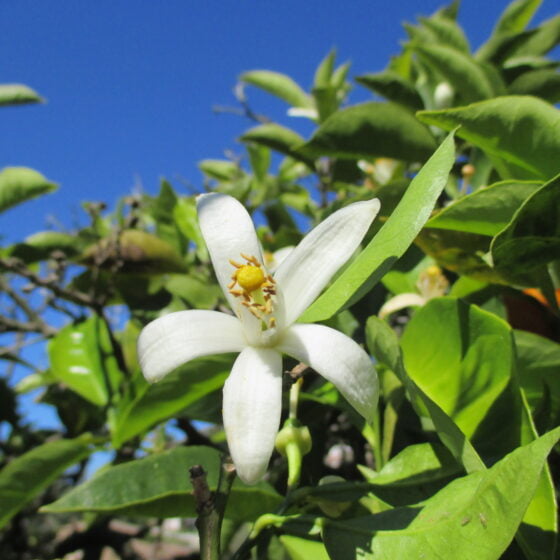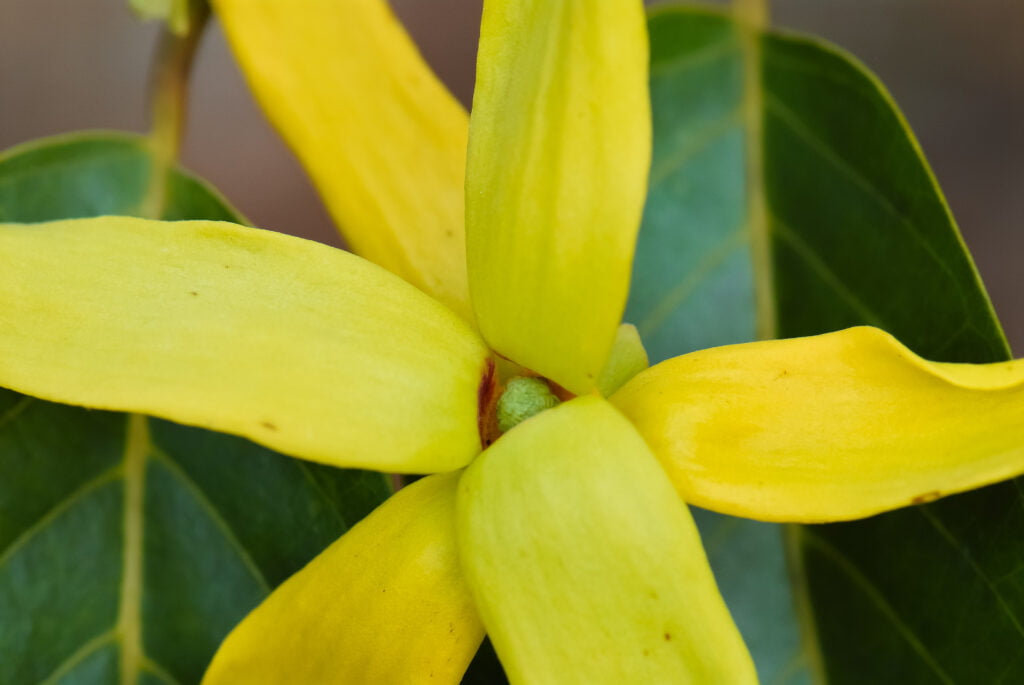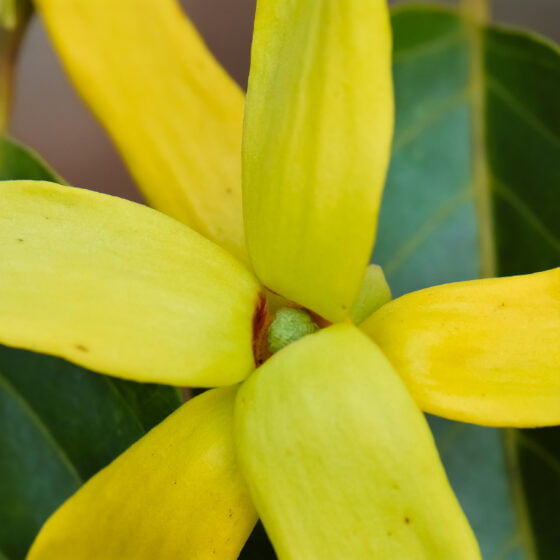
Ylang-ylang extra Comores
Cananga odorata forma genuina
General data
Harvest Calendar
- J
- F
- M
- A
- M
- J
- J
- A
- S
- O
- N
- D
Product details Fragrance side
Ylang-Ylang essential oil is used at the heart of floral compositions to accompany a jasmine or solar flower accord. It is often found in soap factories, but also in certain fragrances used in cosmetics. Finally, Ylang-Ylang is sometimes used on certain leathers with exotic facets.
About
C. odorata forma genuina is a tree native to the Moluccas in Southeast Asia.
Historically speaking, the trade in ylang-ylang essential oil is believed to have begun in 1860 when a German sailor, Albertus Schwenger, established a distillation unit in Manila. Ylang-ylang production gained momentum in the 20th century, particularly in Madagascar and the Comoros. In Madagascar, the largest ylang-ylang plantations are located in Nosy Be, a coastal island that the Madagascans also known as Nousy Manita or The Island of Perfumes.
Ylang-ylang flowers are traditionally harvested by hand. To facilitate harvesting, the trees are topped, removing the tallest branches to keep only those that are two meters high or less. The flowers of these trees, which become yellow when mature, are picked by hand between 6 a.m. and 9 a.m, before temperatures become too hot. They are processed the day of the harvest.
Ylang-ylang essential oil is obtained by fractional distillation. Each fraction gives a different quality of essential oil, classified according to density.
There are five different grades: extra superior, extra, first, second, third, and complete, which encompasses all the different fractions.
Fragrance side
Ylang-Ylang essential oil is used at the heart of floral compositions to accompany a jasmine or solar flower accord. It is often found in soap factories, but also in certain fragrances used in cosmetics. Finally, Ylang-Ylang is sometimes used on certain leathers with exotic facets.
About
C. odorata forma genuina is a tree native to the Moluccas in Southeast Asia.
Historically speaking, the trade in ylang-ylang essential oil is believed to have begun in 1860 when a German sailor, Albertus Schwenger, established a distillation unit in Manila. Ylang-ylang production gained momentum in the 20th century, particularly in Madagascar and the Comoros. In Madagascar, the largest ylang-ylang plantations are located in Nosy Be, a coastal island that the Madagascans also known as Nousy Manita or The Island of Perfumes.
Ylang-ylang flowers are traditionally harvested by hand. To facilitate harvesting, the trees are topped, removing the tallest branches to keep only those that are two meters high or less. The flowers of these trees, which become yellow when mature, are picked by hand between 6 a.m. and 9 a.m, before temperatures become too hot. They are processed the day of the harvest.
Ylang-ylang essential oil is obtained by fractional distillation. Each fraction gives a different quality of essential oil, classified according to density.
There are five different grades: extra superior, extra, first, second, third, and complete, which encompasses all the different fractions.
Other type of extracts
(Floral)

